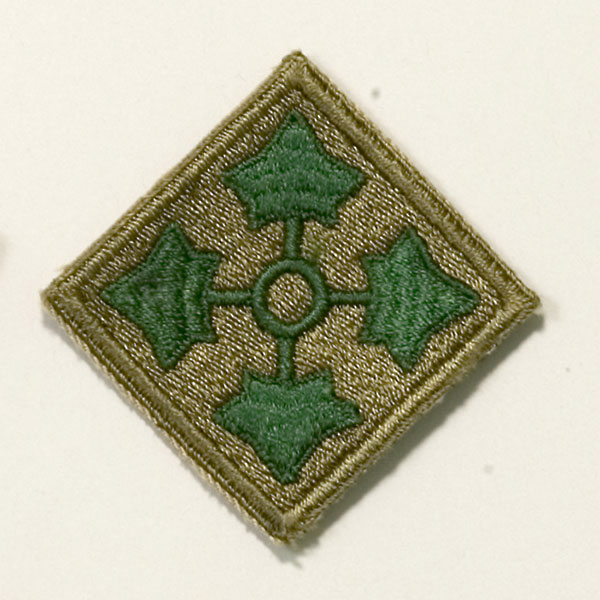 |
|

|
|
|
Sizing up the situation, the General, who happened to be a son of former President Teddy Roosevelt, made the decision to head inland from right where they were. “This is as good a place as any to start a war. We’ll start right here.” As it turned out, the German defenses proved to be much weaker where the 4th Division’s initial attack landed. General Roosevelt’s leadership at Utah Beach and in Normandy earned him the Medal of Honor which, unfortunately, was issued posthumously. He died of a heart attack in France on July 12, 1944. He was 56. The 4th Division advanced across France as part of the First US Army commanded by Lieutenant General Courtney Hodges. On September 14, it reached the Siegfried Line, Germany’s border defenses. The 4th Division took heavy losses in the Battle of Huertgen Forest and later participated in the Battle of the Bulge. By war’s end it had lost 4,097 killed, 757 mortally wounded, and 17,371 wounded in combat. The 4th Signal Company of the 4th Division was comprised of Native Americans from the Comanche Tribe of Oklahoma. Like the famous Navaho code talkers serving with the Marines in the Pacific in World War II, these soldiers sent and received coded messages in their native language. This prevented the enemy from deciphering what was being transmitted if the radio message was intercepted. Cloth. L 5.0, W 5.0 cm |
|